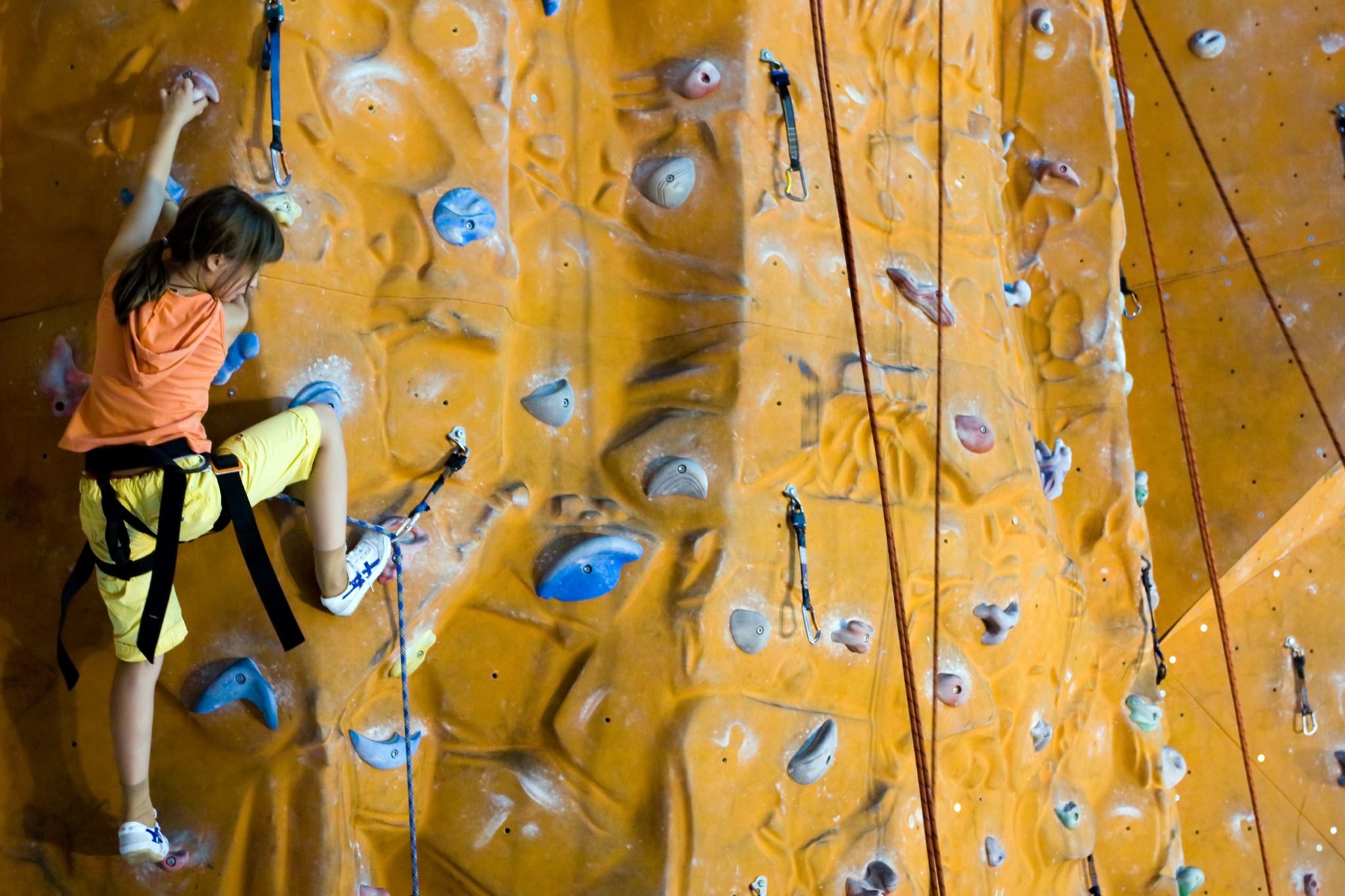As children transition into their tween years, their bodies go through remarkable changes. Building strength is crucial during this stage because this is the strength they are going to need for the rest of their life. Unfortunately, the modern lifestyle is leading to strength erosion, where their muscle mass and strength are declining due to a lack of physical activity and nutritional deficiencies.
All about strength erosion and how it affects kids
Strength erosion occurs when muscle mass and strength gradually decrease. Weaker muscles can lead to a variety of negative consequences, including an increased risk of injuries, reduced stamina, further lack of physical activity, and poor posture and coordination. These problems can create a vicious cycle where weakness leads to inactivity, which in turn leads to further weakness. For children who are already self-conscious and trying to find their place in the world, weak muscles can be a major blow to their self-esteem.
Several factors can contribute to strength erosion in children. Some of them are:
- One major factor is a sedentary lifestyle. Spending long hours sitting or engaging in sedentary activities like watching TV, scrolling through phones, or playing video games can lead to muscle loss, impacting overall strength. Muscle building requires strength training, which is often absent in sedentary lifestyles.
- Another factor is a lack of physical activity. Insufficient physical activity deprives children of the opportunity to build and maintain muscle mass, hindering their overall strength development. Engaging in regular physical activity, including sports, strength training, and cardio, is essential for building and maintaining strong muscles.
- Nutritional deficiencies can also contribute to weak muscles in children. Deficiencies in essential nutrients like protein, Vitamin D, calcium, and iron are detrimental to muscle growth and development, ultimately affecting strength. A balanced diet rich in these nutrients is crucial for supporting muscle health and strength.
- Finally, hormonal imbalances can also impact muscle development and strength. The hormonal changes children experience during adolescence can make it more challenging to build muscle mass, emphasising the importance of adequate nutrition, exercise, and rest for optimal strength development during this critical period.
- Vitamin D is crucial for calcium absorption from the intestines. Deficiency can impair calcium uptake, leading to weakened bones and osteoporosis. Calcium is essential for building and maintaining strong bones, teeth, and muscles. Additionally, impaired growth hormone function can hinder muscle growth and development, resulting in decreased strength and endurance. Furthermore, thyroid hormone imbalances can cause fatigue, muscle weakness, and reduced physical performance.

Other ways Vitamin D deficiency may affect kids
Vitamin D deficiency could also lead to a weak immune system, causing frequent infections and illnesses. Each infection leads to further loss of muscle mass and more nutrient deficiencies if not taken care of properly. Vitamin D deficiency is way more common in children who are obese or overweight.
Therefore, ensuring adequate Vitamin D levels through sunlight, diet, and supplements is crucial for maintaining optimal hormone function and supporting healthy strength development. Vitamin D is not just a Vitamin; it is crucial for a healthy life journey. You don’t need it just for your bone health but for all the other aspects of life as well. It plays an extremely important role in building and maintaining strength, impacting both bones and muscles. To ensure adequate levels and promote healthy strength development, you need to put in the extra effort to get an adequate amount of Vitamin D on a regular basis. Your body can make the active and best form of Vitamin D on its own, but you need to embrace the sun by aiming for moderate sun exposure several times a week.
Nurture your body with Vitamin D-rich foods like fatty fish, egg yolks, fortified dairy products, and mushrooms. Even vegetarian sources of Vitamin D can provide D2, which is an inactive form of Vitamin D. Of course, it is not as effective as Vitamin D3 but is converted to the active form by your liver and kidneys. Because of reduced sun exposure and all the pollution, with poor quality of the sunlight, supplementation of Vitamin D has become essential. Also, supplement your intake during winter months when sun exposure is limited.
To sum up
- Children should move their bodies regularly by running, swimming, or sports.
- Parents can encourage children to spend time outdoors, enjoying the sunshine and naturally synthesising Vitamin D.
- Young bodies should be fuelled with a balanced diet rich in Vitamin D sources like fatty fish, egg yolks, mushrooms and fortified dairy products.
- Limiting screen time and encouraging active pursuits for optimal muscle development and overall well-being is recommended.
- Incorporating these strategies into a child's routine can optimise Vitamin D levels and build a strong foundation for lasting health and vitality.
Building strength is crucial for children's overall health and well-being. Parents can take proactive steps to help their children build a strong foundation for a healthy and active life by understanding the factors contributing to strength erosion. Implementing strategies like encouraging regular physical activity, promoting balanced nutrition, and ensuring adequate Vitamin D levels can empower children to develop and maintain the strength they need to thrive throughout their growth years and beyond.
To check whether your child is getting adequate levels of Vitamin D through diet or not, log on to www.tayyarijeetki.in
The views expressed are that of the expert alone.









